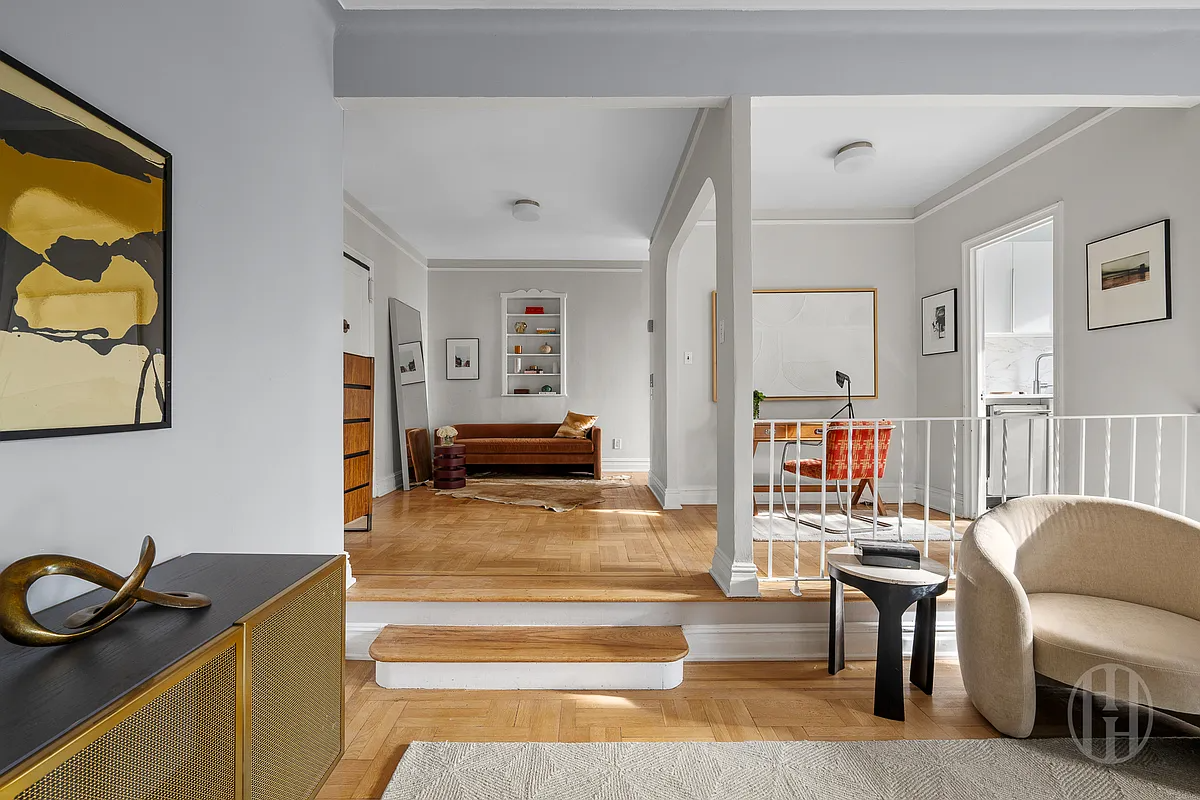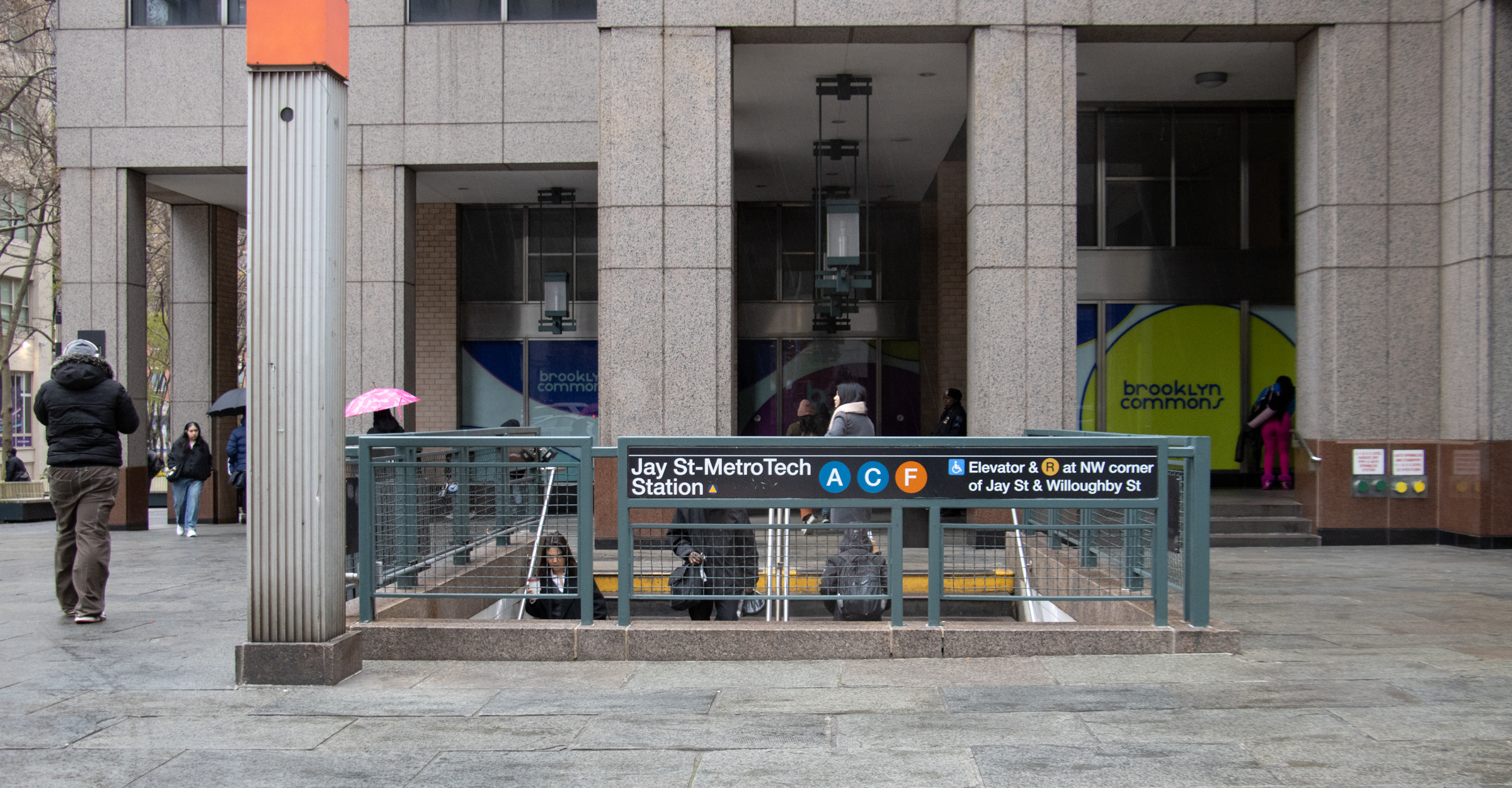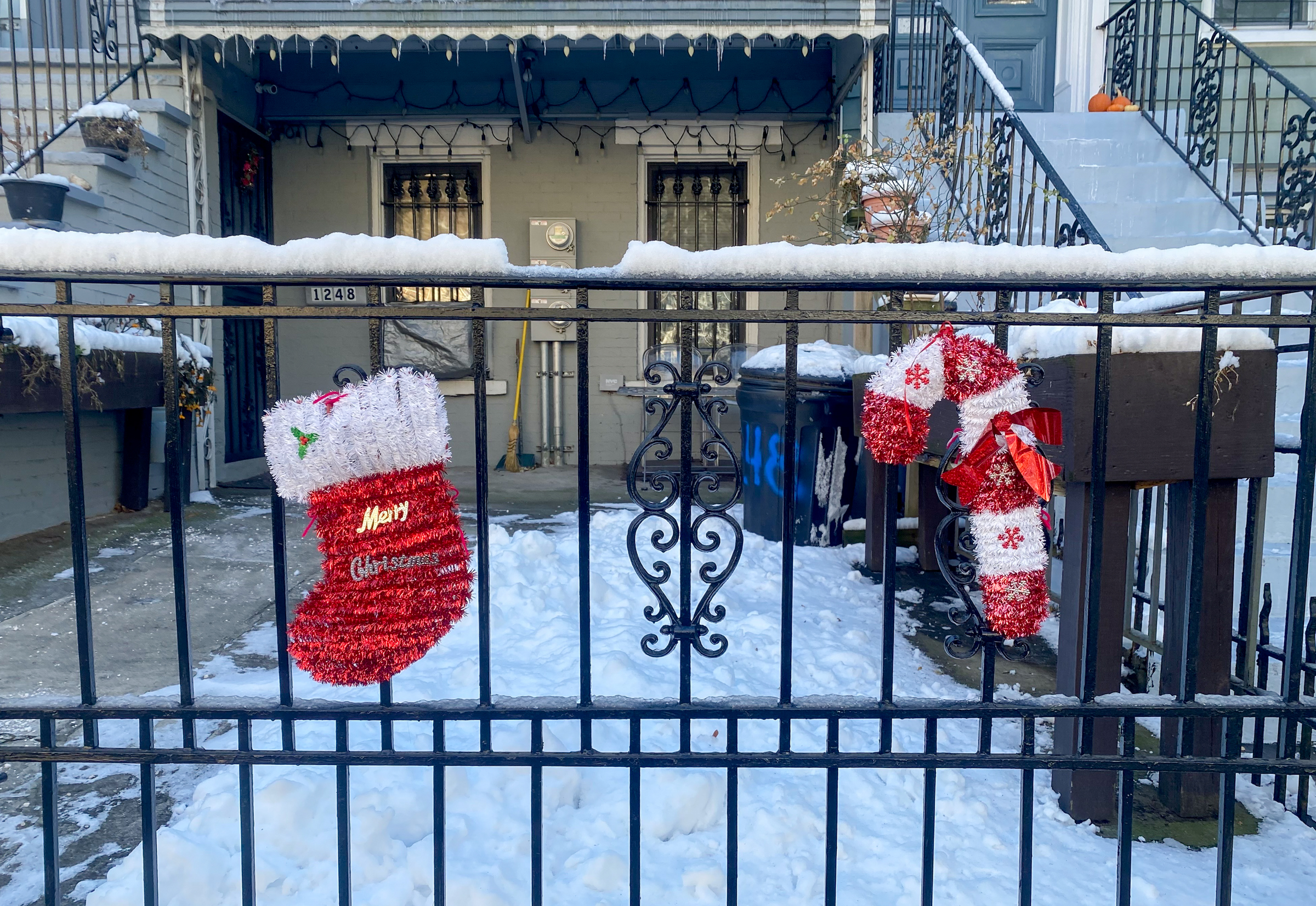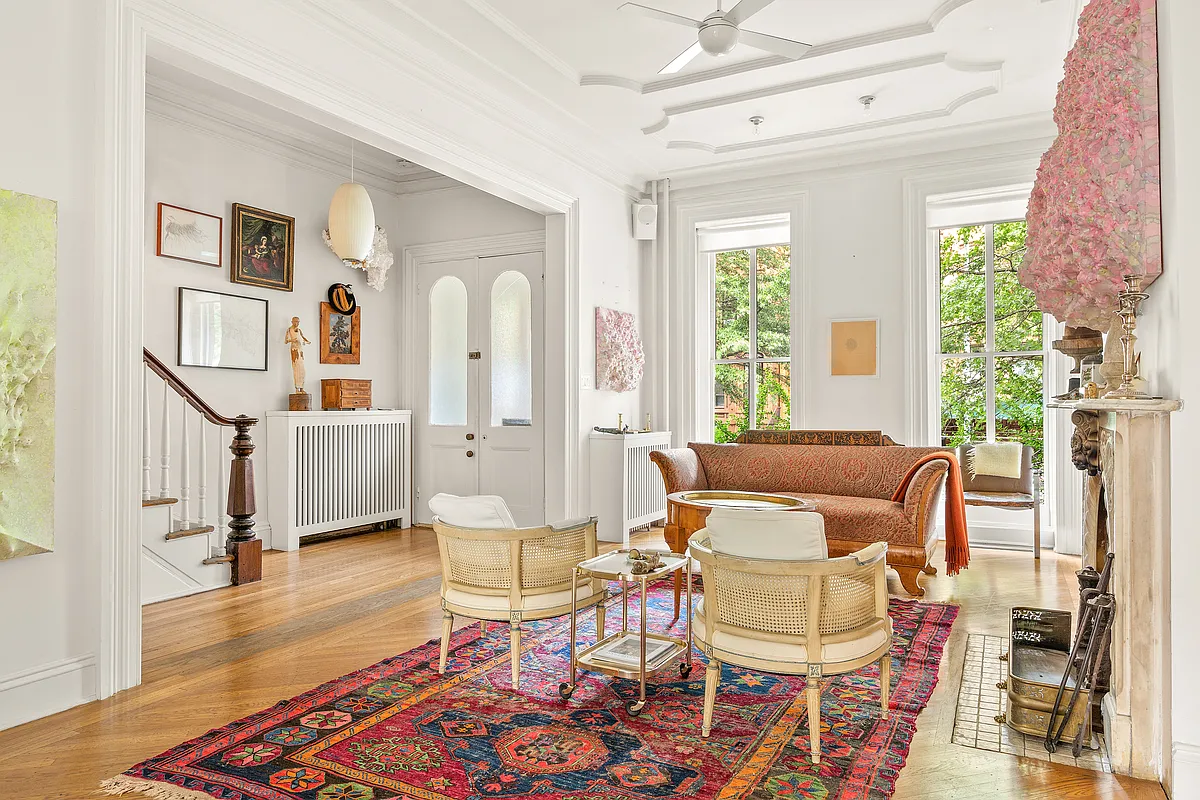Corcoran Market Report: We're OK, Actually
We got our hands on Corcoran’s Q2 sales data, and it shows that the state of the Brooklyn market isn’t quite as precarious as the Times made it out to be. The median price per square foot sales price of condos and co-ops is up 10 percent over this time last year, to $560,000, and…


We got our hands on Corcoran’s Q2 sales data, and it shows that the state of the Brooklyn market isn’t quite as precarious as the Times made it out to be. The median price per square foot sales price of condos and co-ops is up 10 percent over this time last year, to $560,000, and there was a 4 percent reduction in condo/co-op inventory. In terms of townhouses, while the median price on one-families was down 3 percent from Q2 ’07 levels, to $965,000, the median price on 2-4 families was up 6 percent, to $1,240,000. In fact, all the brownstone Brooklyn neighborhoods had pretty substantial price increases in the larger townhouse category, and inventory was extremely tight. The most startling figure in the report is the 15 percent decrease in median prices for Williamsburg condos, but even that doesn’t seem so horrible when you factor in that Corcoran had 47 percent more condo listings between April and June ’08 compared to the same three months in ’07. Another mediating factor to consider in viewing the drop in median price of Williamsburg condos: Many developers began skewing their mix of inventory towards studios and one-bedrooms since those were the units that were selling best; if there were more small apartments in the 2008 data, one would expect to see average and median prices declining. Conclusion: We don’t think the party’s over and done with in Brooklyn, either.
Manhattan ‘Still a Party’; Hangover for Williamsburg? [Brownstoner]





Hi
I am a renter. Please post only news that tells me that the market is down so someday my checking account of $431.52 will be enough to get myself a nice studio near the park. Please? Pretty please?
love ya all
2:34 again. But mainly it wasn’t optimistic or pessimistic but an attempt to respond to 2:17’s request for a crystal ball. My crystal says prices are coming down, because the important changes are marginal, not average. But it has said that before and been wrong.
2:34 here — That post was optimistic, not pessimistic. 2:22 is right: the pessimistic view is that prices are going to keep going up until only the Sheik of Dubai can afford to buy. I’d rather live next door to firemen or teachers or professors or lawyers or MDs than him. The depressing thought is that prices might not be coming down yet.
“Also, the arts community, which is almost as big as the financial industry (not just securities, incidentally) and more important for the overall health of the city, is heavily dependent on sales to rich people (or to people who sold to rich people). Which means, of course, Wall St and real estate, again.”
Ding, ding, ding. I sometimes wonder how the creatives can have such a disconnect about how their six-figure opera management salaries are subsidized.
I also hope 2:22 is right… because, frankly, when New York was a little grubbier, it was also a pretty easy place to live. Goods and services compared to salaries were cheap. Rent was affordable. Jobs weren’t that hard to come by. It was in fact, easier to be a creative when one didn’t also have to expect to earn $300,000K a year doing so just to buy a silly condo.
2:34, you haven’t lived in nyc very often have you?
you sound as if none of this hasn’t happened before. economies are cyclical. we are entering a downward wave, as we have a million times before.
why talk about it as if you’re bringing something new to the table that those of us over 30 have already seen, lived through “(and yes, still made money) 10’s of times already.
the constant pessimism on this blog is really draining. some of you sound like really unhappy people and put way too much stock into real estate prices.
“And one reason PS is nicer today than 20 years ago is that the subways run more often. What happens when that changes?”
As someone who’s lived in PS for going on 40 years, I can tell you that the frequency of trains running is about # 136 on the list of the reasons why Park Slope is a nicer place today than it was 20 years ago. When the economy is in a funk and everyone is in it together, the last thing most “normal” people care about is having to wait 4 extra minutes for a train in the morning.
Or when police forces are cut and public schools neglected, because the real estate transfer tax revenues drop?
Change happens at the margin, not the average. Most people will be unaffected by the recession on Wall St, except to the extent that more subway work is deferred.
But prices are set at the margin too. Doesn’t matter who lives in PS; prices are set by the few who can still afford to buy there.
Every Wall Streeter who doesn’t buy a Manhattan apt means that 4 more people don’t sell/trade up/trade down, and 5 brokers don’t get commissions, and 4 or 5 contractors/architects/decorators don’t get work. Just because the one who buys in Brooklyn isn’t using Wall St money doesn’t mean that Wall St money didn’t make it possible.
Also, the arts community, which is almost as big as the financial industry (not just securities, incidentally) and more important for the overall health of the city, is heavily dependent on sales to rich people (or to people who sold to rich people). Which means, of course, Wall St and real estate, again.
And one reason PS is nicer today than 20 years ago is that the subways run more often. What happens when that changes?
2;22 I’ve sometimes thought the same thing. But don’t forget, police, firefighters, sanitation all need to get paid. They also all have fantastic pensions and health care -including the teachers of course. We’ll be hurting if we lose so much revenue. It’s not all about creative people moving in, there are bills to be padi.